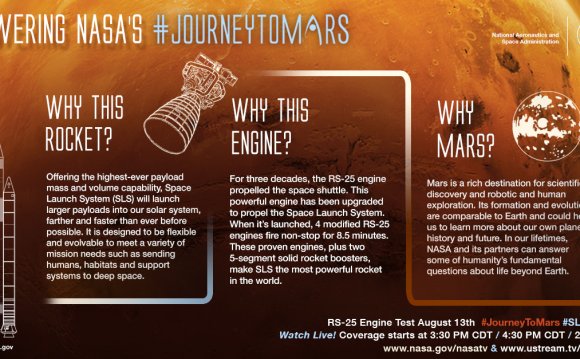
 Credit: Space.com Store
Credit: Space.com Store
Making it happen
Credit: By Karl Tate, Infographics ArtistNASA is working on a number of different fronts to make a crewed Mars mission happen, Green said.
Researchers are monitoring how NASA astronaut Scott Kelly and cosmonaut Mikhail Kornienko respond physiologically and psychologically to their extended time off Earth, in an effort to help prepare future pioneers for the long journey to Mars and back.
Furthermore, astronauts recently grew lettuce aboard the ISS — and ate it as well — as part of an experiment called "Veggie." The long-term goal of such projects is to make voyaging astronauts less dependent on Earth.
NASA is also developing a crew capsule called Orion and the Space Launch System (SLS) megarocket to help get astronauts to, and from, distant destinations such as Mars. Orion aced its first uncrewed test flight last December, and the SLS is scheduled to make its maiden voyage in 2018.
Technological development is ongoing in other key areas as well. For instance, reseachers are working to improve solar-electric propulsion systems, which use energy from the sun to strip electrons off gas molecules, then send these ions streaming out the back of a spacecraft to generate thrust.
"These are going to be huge ion engines that will allow us to haul tens of tons of material back and forth to Mars, " Green said.
Much of this heavy gear — which will consist of human habitat modules and other infrastructure — must make it down to the Martian surface. That's a tall order, since the 1-ton Curiosity rover maxed out NASA's "sky crane" landing system. [How to Land on Mars: Martian Tech Explained (Infographic)]
So NASA is developing new tech, such as inflatable "decelerators" and an enormous supersonic parachute, to help get hefty payloads down safely and softly on the Red Planet. NASA has tested a prototype of this system twice during balloon-aided flights off Hawaii; the decelerator worked perfectly, but the parachute tore both times.
Robotic Red Planet explorers
The science work being done by Red Planet robots feeds into the crewed effort as well. For example, data and images gathered by MRO have allowed researchers to determine that the dark streaks that appear on steep Martian slopes during warm weather are caused by liquid water — a resource that future pioneers might be able to exploit.
"We're developing the science tools now — the continually orbiting and roving on Mars — to be able to get us the information to know what Mars is really like, " Green said.
RELATED VIDEO












